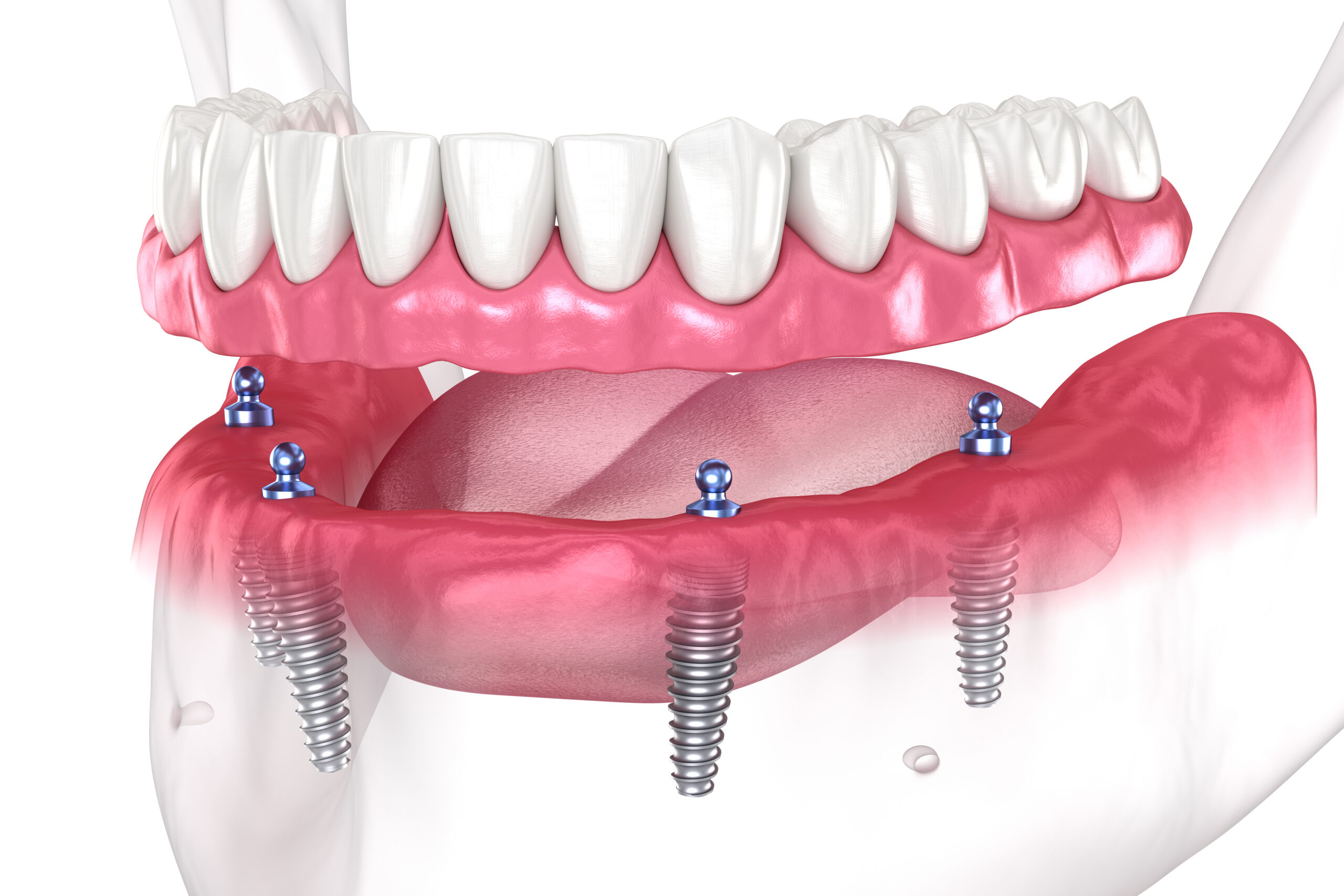Dental Sense Things To Know Before You Buy
Dental Sense Things To Know Before You Buy
Blog Article
6 Simple Techniques For Dental Sense
Table of ContentsThe Best Strategy To Use For Dental SenseNot known Details About Dental Sense The Dental Sense IdeasSome Known Questions About Dental Sense.
are medical devices surgically dental implanted into the jaw to bring back a person's capacity to chew or their look. They give assistance for man-made (fake) teeth, such as crowns, bridges, or dentures. When a tooth is lost because of injury or disease, an individual can experience issues such as rapid bone loss, malfunctioning speech, or modifications to chewing patterns that cause discomfort.Dental dental implant systems contain an oral implant body and dental implant joint and may likewise include a joint fixation screw. Cosmetic dentistry services. The oral implant body is operatively placed in the jawbone instead of the tooth's origin. The oral implant abutment is normally connected to the implant body by the abutment fixation screw and prolongs via periodontals right into the mouth to support the affixed synthetic teeth
(https://www.huntingnet.com/forum/members/dentalsense1.html)Structure of The Dental Implant System choosing oral implants, speak to your dental company regarding the potential advantages and dangers, and whether you are a candidate for the treatment. Things to consider: Your overall wellness is a vital variable in figuring out whether you are a great candidate for oral implants, just how long it will take to recover, and exactly how long the implant might remain in area.
Cigarette smoking may influence the healing procedure and decrease the long-lasting success of the implant. The recovery procedure for the dental implant body might take numerous months or longer, during which time you commonly have a momentary abutment in location of the tooth. the dental implant treatment: Thoroughly adhere to the oral health instructions given to you by your dental provider.
About Dental Sense
Implant failing can cause the need for an additional procedure to repair or change the dental implant system. Recovers the ability to chew Recovers aesthetic appearance Assists maintain the jawbone from reducing as a result of bone loss Preserves the health of the bordering bone and periodontals Assists maintain surrounding (neighboring) teeth stable Enhances high quality of life Damages to bordering all-natural teeth throughout dental implant positioning Injury to the surrounding cells throughout surgical procedure, such as sinus perforation Injury during surgical treatment (for instance, fracture of bordering jawbone) Inadequate function, such as seeming like the teeth do not attack with each other normally A sensation that the tooth hangs or twisting in place resulting from an abutment screw loosening Implant body failing (looseness of the dental implant body) as a result of systemic infection, which might be most likely in people with unchecked diabetes mellitus as a result of neighborhood infection in bone and gum tissues sustaining the implant body because of delayed healing, which may be more probable in patients that smoke Trouble cleansing the periodontals around the implant, causing inadequate dental hygiene Untreated periodontal disease Post-surgical numbness due to nerve impingement or damages Always notify healthcare carriers and imaging service technicians that you have dental implants before any kind of magnetic vibration imaging (MRI) or x-ray procedures.
FDA is not mindful of any kind of damaging events reported for MRI or x-ray treatments with oral implants. Dental implants systems are commonly made from materials that adhere to worldwide consensus criteria of the International Organization for Standardization (ISO) or ASTM International. These criteria have information of what makes a secure material.

An oral implant is a framework that replaces a missing tooth. With screw-like devices, the specialist inserts a dental implant into the jawbone, and it serves as a support for a fabricated tooth, called a crown. A device called an abutment links the man-made tooth to the oral implant. The crown is custom-made to fit the person's mouth and match the color of their teeth.
The Best Guide To Dental Sense
Some individuals are not eligible for dental this website implant surgery. It is for oral doctors to run on people with: acute illnessuncontrollable metabolic diseasebone or soft cells condition or infectionIf these problems are fixed, a person can have the surgical procedure. In, dental specialists abstain from operating individuals with: If people with any of the above undertake dental implant surgery, there is a greater danger of the implant falling short.

Oral dental implant surgery is a personalized process. Give you time to recover. Affix the blog post and last crown, bridge or denture.
Next, your cosmetic surgeon will very carefully place the oral implant right into your jaw. Your surgeon will rearrange your periodontals and close the cut with stitches. If your implant is near the front of your mouth, your dental practitioner will certainly make a short-lived tooth for you to use up until you heal. This way, you won't have a void in your smile while you recuperate.
What Does Dental Sense Mean?
During the healing stage, your jawbone should fuse to the dental implant. This procedure can take anywhere from 3 to 9 months.
Once your dental implant heals, your dental practitioner can attach the abutment (tiny connector message) and your final reconstruction (crown, bridge or denture). This usually takes regarding one hour to finish and might call for a second minor surgical treatment. You should not feel any discomfort throughout your dental implant procedure since your service provider will utilize drug to numb your gum tissues.
Report this page